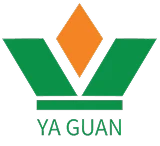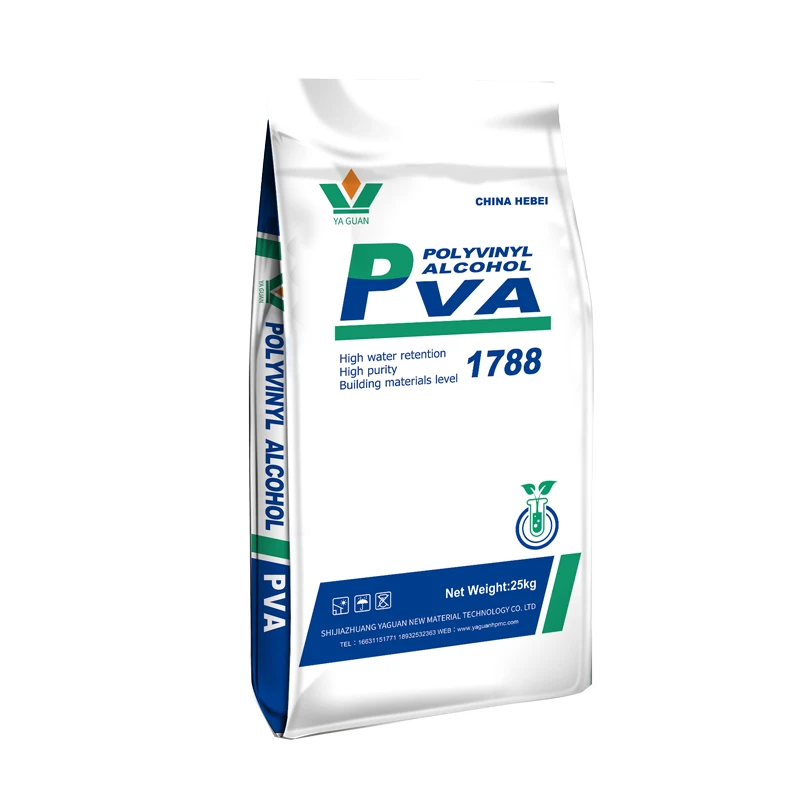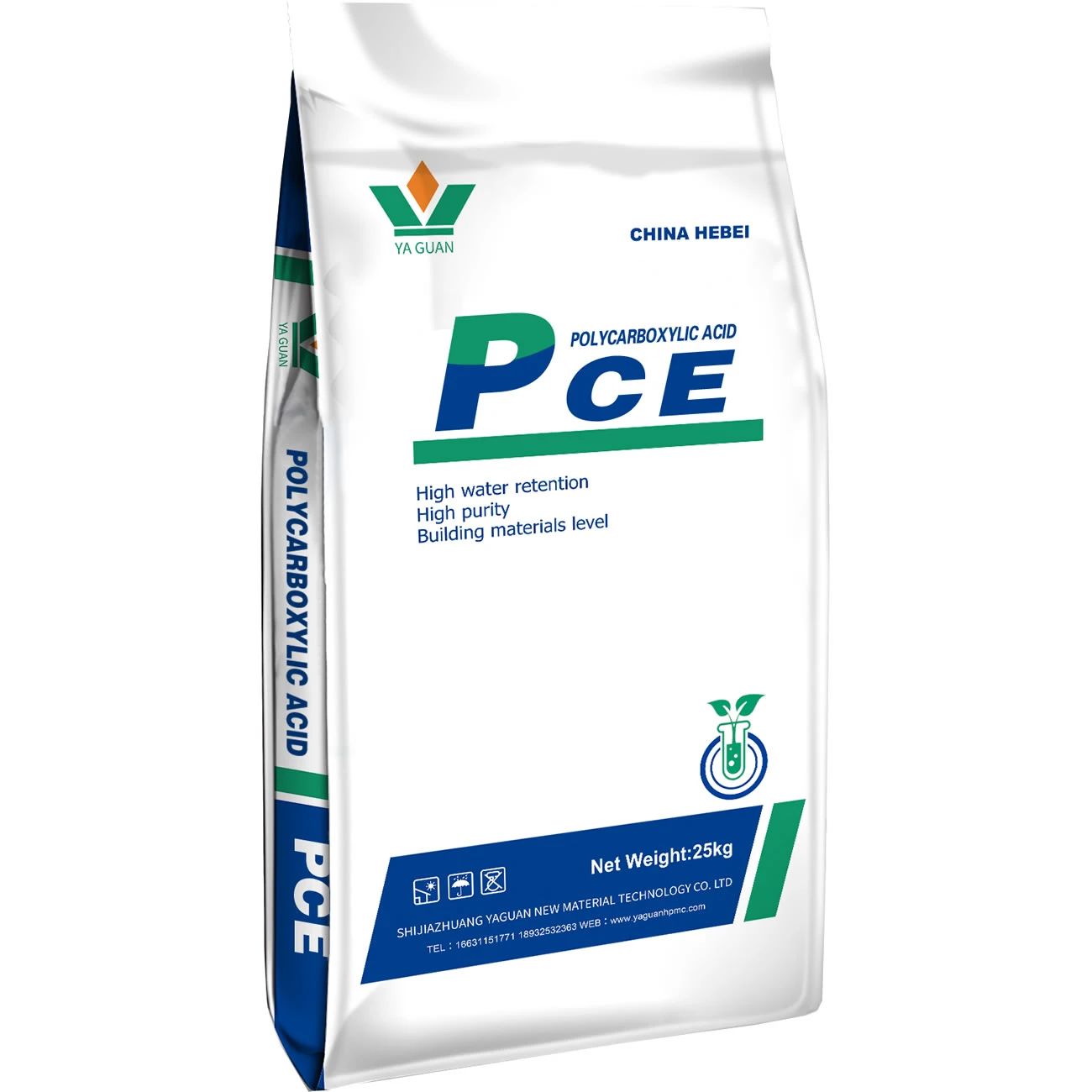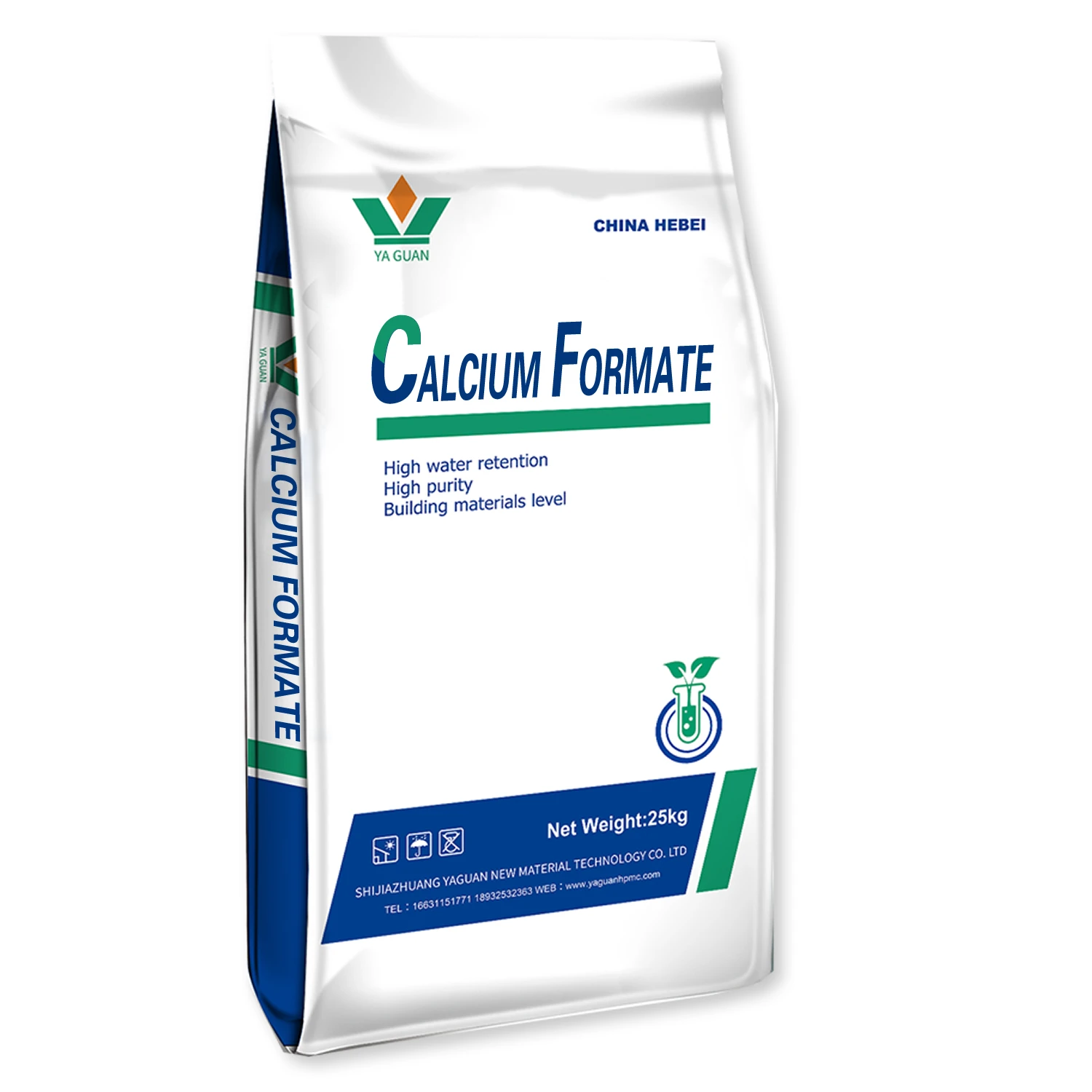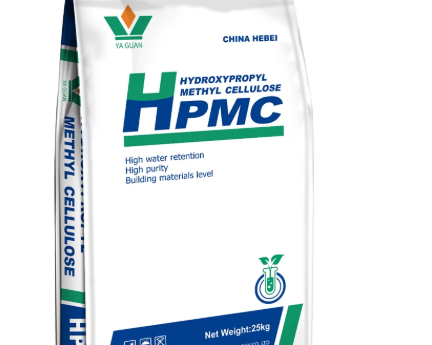
Elevating Performance with Advanced Pigment Technology
In the demanding world of paints and coatings, the durability and aesthetic integrity of finished products are paramount. Manufacturers continually seek advanced materials that can withstand harsh environmental conditions, extending the service life and maintaining the visual appeal of coated surfaces. This necessitates the use of high-performance pigments capable of delivering superior weather resistance, UV stability, and color retention. Among these, TiO₂ – Weather-Resistant Pigment for Paints & Coatings stands out as a critical component, engineered to meet and exceed these rigorous demands across diverse industrial applications.
The selection of the right titanium dioxide pigment is not merely about achieving whiteness or opacity; it is about engineering a protective barrier that enhances the long-term performance and value of the final coating. This document delves into the technical intricacies, market dynamics, and application advantages of advanced TiO₂ pigments designed for unparalleled weather resistance.

Industry Trends: The Evolving Landscape of High-Performance Pigments
The global paints and coatings market is undergoing significant transformations, driven by stringent environmental regulations, growing demand for sustainable products, and an increasing emphasis on durability and performance. Key trends include:
- Sustainability Focus: Manufacturers are increasingly seeking pigments that support low-VOC (Volatile Organic Compound) and water-based formulations, reducing environmental impact without compromising performance.
- Enhanced Durability: There is a continuous push for coatings with extended service life, particularly in outdoor applications, where exposure to UV radiation, moisture, and pollutants can lead to degradation. This drives demand for highly stable pigments like TiO₂ – Weather-Resistant Pigment for Paints & Coatings.
- Specialty Applications: Growth in sectors like automotive, aerospace, marine, and high-performance industrial coatings requires pigments capable of withstanding extreme conditions, including high temperatures, chemical exposure, and intense UV light.
- Digitalization and Customization: Advancements in digital color matching and tailored solutions allow for precise pigment selection and formulation, optimizing performance for specific end-use requirements.
- Cost-Efficiency and Performance Balance: While performance is critical, optimizing cost-in-use remains a key driver, pushing for pigments that offer superior properties at competitive prices, leading to a better overall value proposition.
These trends collectively underscore the essential role of robust and innovative pigment technologies in shaping the future of the coatings industry.
Manufacturing Process: Engineering Superior Weather Resistance
The production of high-performance TiO₂ – Weather-Resistant Pigment for Paints & Coatings is a sophisticated process designed to maximize its photocatalytic stability and dispersibility, crucial for long-term outdoor performance. The primary methods are the Sulfate Process and the Chloride Process, both followed by advanced surface treatments.
Schematic Process Flow:
-
1. Raw Material Sourcing & Preparation:
High-grade ilmenite or rutile ore is used. For chloride process, beneficiated rutile or synthetic rutile is preferred for its higher TiO₂ content. Raw materials undergo crushing, grinding, and often acid leaching to remove impurities.
-
2. Digestion/Reaction (Sulfate or Chloride Process):
- Sulfate Process: Ilmenite reacts with concentrated sulfuric acid to form titanium sulfate, which is then hydrolyzed to produce hydrous titanium dioxide.
- Chloride Process: Rutile ore is reacted with chlorine gas at high temperatures (900-1000°C) in a fluidized bed reactor to produce titanium tetrachloride (TiCl₄). TiCl₄ is then purified and oxidized with oxygen at high temperatures to form TiO₂ particles. This process typically yields finer, more uniform particles with superior color properties.
-
3. Calcination:
The raw TiO₂ particles are heated to high temperatures (800-1000°C) to develop the desired crystal structure (Rutile), particle size, and optical properties. Rutile form is thermodynamically more stable and provides better weather resistance and UV absorption than Anatase.
-
4. Surface Treatment:
This is the most critical step for weather resistance. Calcined TiO₂ particles are coated with inorganic oxides (e.g., alumina, silica, zirconia) to form a dense, uniform layer. This layer encapsulates the pigment, passivating its surface and inhibiting its photocatalytic activity, which is the primary cause of chalking and gloss loss in coatings. Organic treatments may also be applied for improved dispersion in specific binders.
-
5. Micronization & Milling:
The treated pigment is finely ground (micronized) to achieve optimal particle size distribution, which directly impacts opacity, tinting strength, and dispersibility in the coating system. Modern mills ensure tight control over particle size.
-
6. Quality Control & Packaging:
Extensive testing is conducted at various stages to ensure adherence to strict quality standards (e.g., ISO 591, ASTM D476 for pigments, ISO 787 for general test methods). Parameters checked include TiO₂ content, particle size, whiteness, tinting strength, oil absorption, and most importantly, accelerated weathering tests.
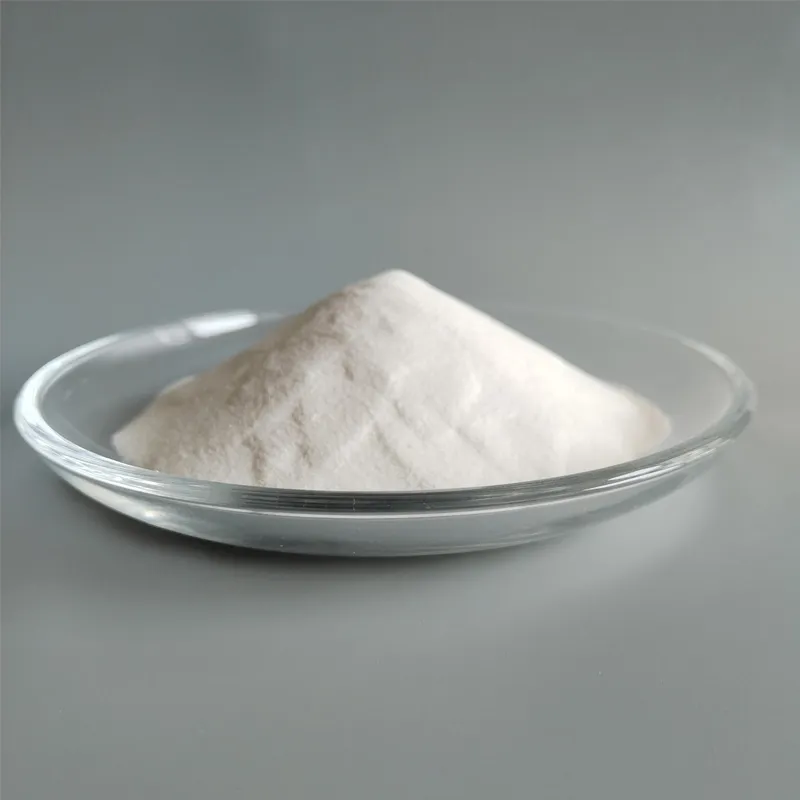
Key Materials & Testing Standards:
- Primary Materials: High-purity Titanium Ore (Ilmenite, Rutile), Sulfuric Acid, Chlorine Gas, Oxygen, Inorganic Coating Precursors (Alumina, Silica, Zirconia compounds).
- Testing Standards: ISO 591-1 (Classification), ASTM D476 (Specification), ISO 787 series (General test methods for pigments), ASTM D6584 (Chalk resistance), ISO 11341 / ASTM G155 (Accelerated weathering).
Technical Specifications and Parameters
The performance of TiO₂ – Weather-Resistant Pigment for Paints & Coatings is defined by a precise set of technical parameters, ensuring consistent quality and predictable behavior in various coating systems.
Typical Product Specification Table:
| Parameter | Unit | Typical Value (Rutile, Outdoor Grade) | Test Method |
|---|---|---|---|
| TiO₂ Content | % by mass | ≥ 93.0 | ISO 591-1 |
| Crystal Form | - | Rutile | XRD |
| Mean Particle Size | nm | 280 - 320 | Laser Diffraction |
| Specific Gravity | g/cm³ | 4.0 - 4.2 | ISO 787-10 |
| Oil Absorption | g/100g | 16 - 22 | ISO 787-5 |
| pH Value | - | 6.0 - 8.5 | ISO 787-9 |
| Whiteness (L value) | - | > 95.0 | ASTM E313 |
| Tinting Strength (Relative) | % | ≥ 100 | ISO 787-16 |
| Volatile at 105°C | % by mass | ≤ 0.5 | ISO 787-2 |
These specifications ensure that the pigment delivers optimal optical performance (whiteness, opacity, tinting strength) and crucial physical properties (dispersibility, durability) required for high-performance outdoor coatings.
Technical Advantages: Unmatched Durability and Performance
The advanced engineering of TiO₂ – Weather-Resistant Pigment for Paints & Coatings offers a multitude of technical advantages that translate directly into superior coating performance and longevity:
- Exceptional UV Resistance: The meticulously applied inorganic surface treatments act as a protective barrier, effectively absorbing and scattering harmful UV radiation. This dramatically reduces the photodegradation of the polymer binder in the coating, preventing chalking, cracking, and loss of adhesion.
- Superior Chalking Resistance: By passivating the photocatalytic activity of TiO₂, the pigment significantly minimizes the breakdown of the organic binder, which is responsible for the formation of a powdery, chalky surface over time. This preserves the aesthetic appeal and protective function of the coating.
- Excellent Gloss Retention: Coatings formulated with weather-resistant TiO₂ maintain their initial gloss level for extended periods, even under severe outdoor exposure, ensuring a premium finish throughout their service life.
- Long-Term Color Stability: The pigment’s inherent stability and protective surface layers prevent yellowing or discoloration of white and pastel shades, and mitigate fading in tinted coatings, preserving the intended color appearance.
- High Opacity and Tinting Strength: Optimized particle size distribution and rutile crystal structure provide maximum light scattering efficiency, resulting in outstanding hiding power and vibrant color development with minimal pigment loading, leading to cost-efficiency.
- Enhanced Durability of the Coating System: By protecting the binder from UV degradation, the pigment contributes to the overall mechanical integrity and service life of the entire coating system, reducing maintenance cycles and associated costs.
- Improved Dispersibility: Specific organic surface treatments, combined with precise particle engineering, ensure excellent dispersibility in a wide range of solvent-borne and water-borne binder systems, facilitating easier formulation and reducing manufacturing time.
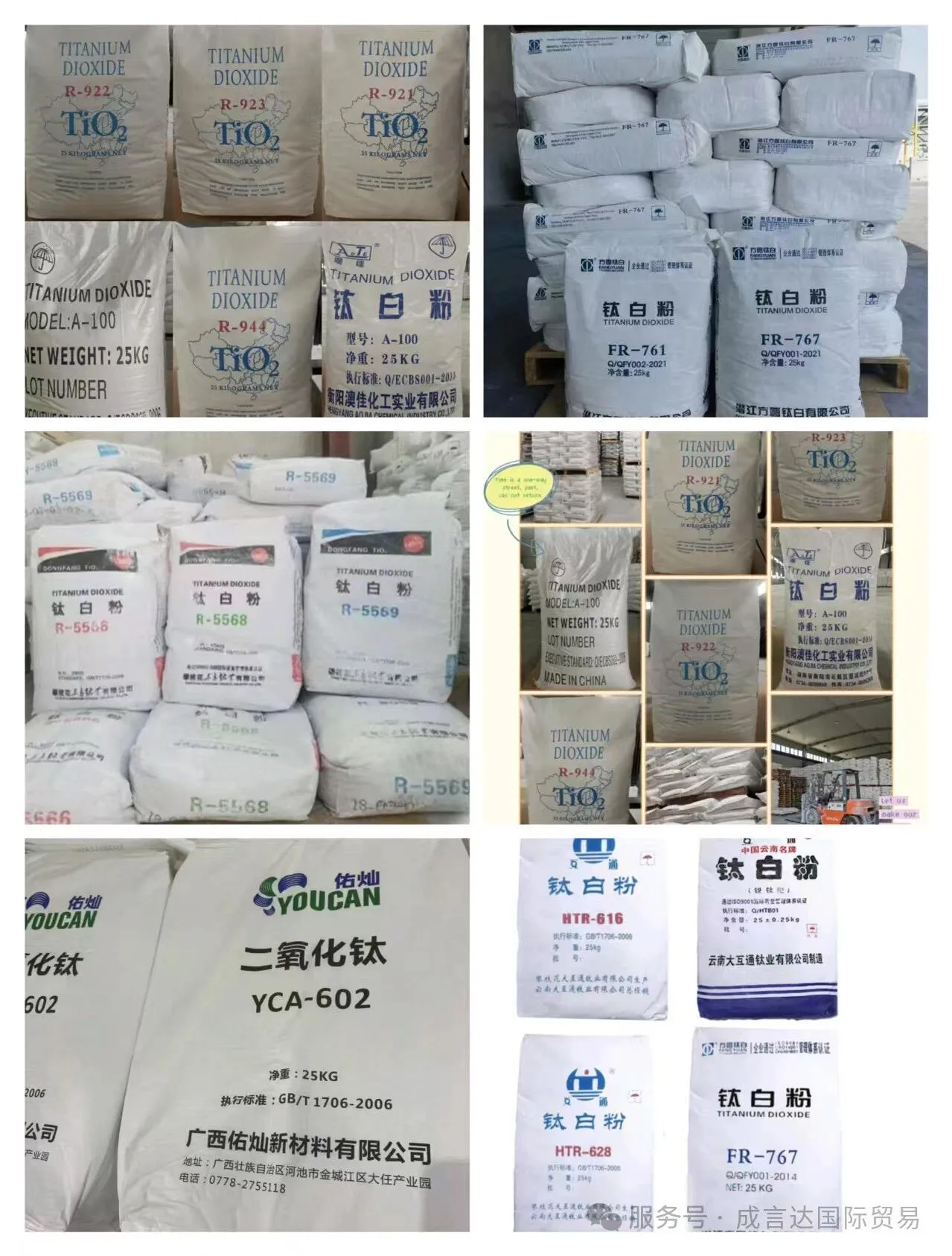
Application Scenarios and Target Industries
The robust performance characteristics of TiO₂ – Weather-Resistant Pigment for Paints & Coatings make it indispensable across a wide array of demanding applications where long-term protection and aesthetic appeal are crucial.
Primary Target Industries:
- Architectural Coatings: For exterior paints on residential, commercial, and industrial buildings, ensuring long-lasting color and finish against sun, rain, and pollution. This includes façade coatings, roof coatings, and protective wall paints.
- Industrial Coatings: Applications for machinery, equipment, storage tanks, pipelines, and structural steel in environments like petrochemical plants, chemical processing facilities, and power generation where corrosion resistance and UV stability are paramount.
- Automotive Coatings: Essential for primer and topcoat formulations, providing durability, gloss retention, and protection against UV radiation, acid rain, and road salts, contributing to the vehicle's aesthetic value and longevity.
- Marine Coatings: For vessels, offshore structures, and port facilities, offering robust protection against harsh marine environments, including saltwater corrosion, intense UV exposure, and biological fouling.
- Powder Coatings: Used in various industrial and decorative applications where high durability, excellent flow, and weather resistance are required, such as outdoor furniture, appliance finishes, and automotive parts.
- Protective and Maintenance Coatings: For infrastructure projects like bridges, railway components, and public utilities that require minimal maintenance and maximum service life under challenging outdoor conditions.
Typical Application Scenarios & Advantages:
- Exterior Wall Paints: Provides exceptional fade resistance and anti-chalking properties, ensuring buildings retain their vibrant color and clean appearance for decades, significantly reducing repainting frequency and energy consumption associated with heating/cooling (due to sustained reflectivity).
- High-Performance Industrial Topcoats: Delivers robust corrosion resistance by forming a durable barrier, coupled with excellent gloss and color retention under extreme industrial exposures (e.g., chemical spills, abrasive dust, prolonged sunlight). This extends the operational life of industrial assets, minimizing downtime and maintenance costs.
- Automotive OEM Finishes: Ensures the vehicle's paint finish maintains its showroom gloss and color integrity, resisting degradation from UV light, environmental pollutants, and daily wear. This contributes to the vehicle's resale value and consumer satisfaction.
- Road Marking Paints: Enhances visibility and durability of road markings, ensuring they remain bright and intact under heavy traffic and diverse weather conditions, critical for road safety.
Vendor Comparison: Key Differentiators in TiO₂ Pigments
When selecting a TiO₂ – Weather-Resistant Pigment for Paints & Coatings, it is crucial to understand the nuances between different grades and suppliers. While many offer TiO₂, the consistency of quality, the sophistication of surface treatment, and technical support can vary significantly.
Comparative Analysis of Weather-Resistant TiO₂ Grades:
| Feature/Grade | Standard Grade (General Purpose) | Premium Weather-Resistant Grade | Advanced Long-Life Grade |
|---|---|---|---|
| Primary Application | Interior paints, plastics, paper | Exterior architectural, industrial coatings | Automotive, marine, aerospace, high-end industrial |
| Surface Treatment | Minimal inorganic (Alumina) | Dense inorganic (Alumina, Silica) | Multi-layer inorganic (Alumina, Silica, Zirconia) & Organic |
| Photocatalytic Activity | Moderate to High | Low | Very Low / Effectively Passivated |
| UV Resistance | Fair | Excellent | Outstanding |
| Chalking Resistance | Limited | Very Good | Exceptional |
| Gloss Retention | Moderate | High | Superior, long-term |
| Dispersion | Good | Very Good | Excellent, broad compatibility |
| Service Life Expectancy | 1-3 years (exterior) | 5-10 years | 10-20+ years |
Our commitment to quality ensures that our weather-resistant grades consistently perform at the highest levels, validated by decades of industry experience and adherence to international standards like ISO and ASTM. We partner with leading coating manufacturers globally, a testament to our authoritative standing in the industry.
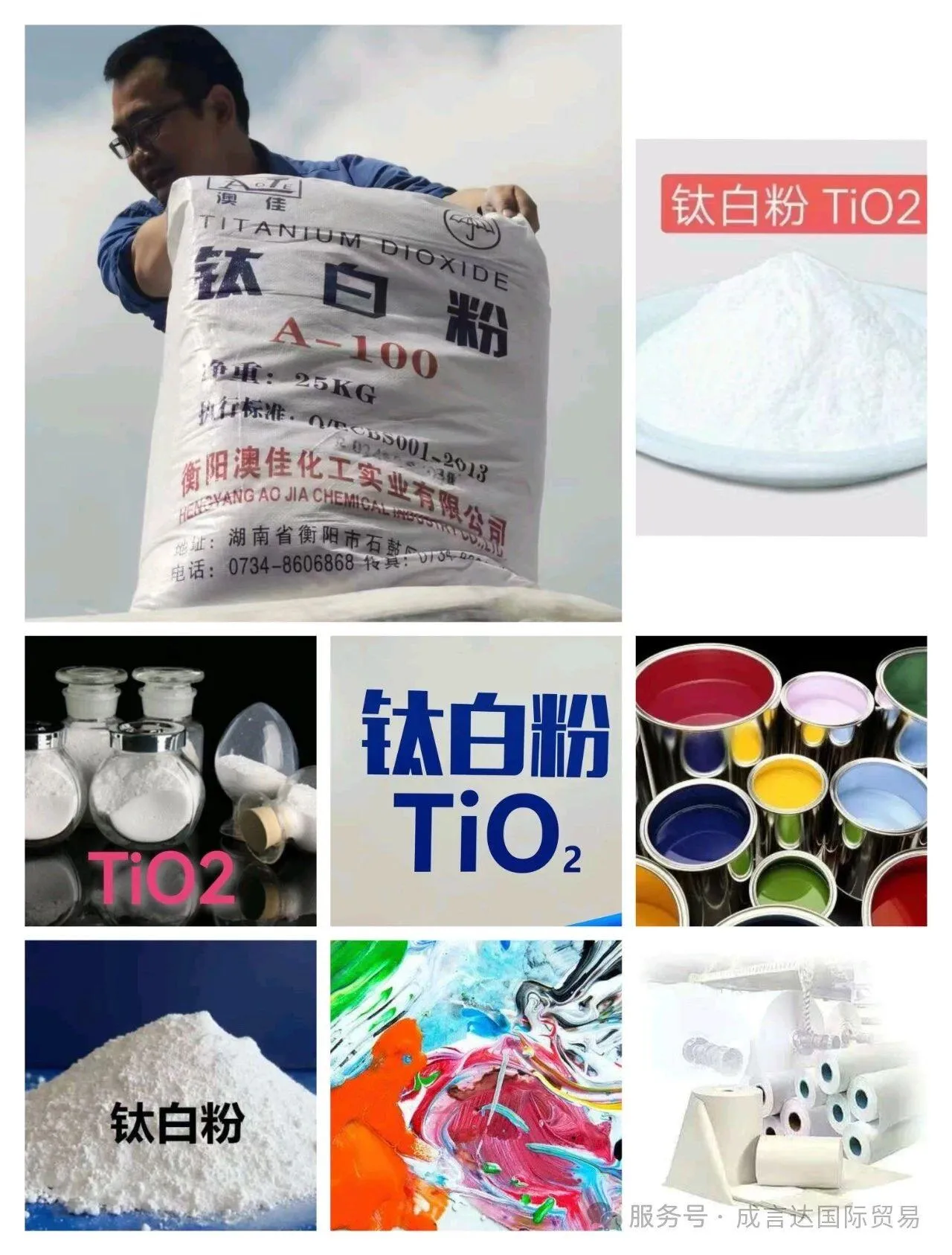
Customized Solutions for Specific Needs
Recognizing that no two coating applications are identical, we offer tailored solutions for TiO₂ – Weather-Resistant Pigment for Paints & Coatings to address unique formulation and performance requirements. Our technical team works closely with clients to fine-tune pigment properties.
- Tailored Surface Treatments: Adjusting the type and thickness of inorganic (e.g., Al₂O₃, SiO₂, ZrO₂) and organic surface coatings to optimize dispersibility in specific binder systems (e.g., solvent-borne alkyds, water-borne acrylics, coil coatings, powder coatings) and further enhance weatherability or other properties.
- Particle Size Engineering: Modifying particle size distribution for specific optical effects, such as maximizing gloss, achieving specific opacity levels at reduced film thickness, or improving tinting strength for vibrant colors.
- Enhanced UV Stability: Developing specialized grades with advanced UV-blocking capabilities for extreme outdoor environments or for use in thin-film coatings where maximum UV protection is critical.
- Specific Rheological Properties: Adjusting pigment surface chemistry to influence rheology and flow properties in highly viscous or low-VOC formulations, ensuring ease of processing and application.
- Compliance with Regional Regulations: Ensuring formulations meet specific regional chemical inventory lists (e.g., REACH, TSCA) and environmental regulations, facilitating global market access for our clients.
Our R&D capabilities and pilot plant facilities allow for rapid prototyping and testing of customized pigment grades, ensuring that the final product precisely matches the performance criteria and processing requirements of our customers.
Application Case Studies: Proven Performance in the Field
Our TiO₂ – Weather-Resistant Pigment for Paints & Coatings has been successfully deployed in numerous challenging projects, demonstrating its exceptional durability and performance.
Case Study 1: Iconic Architectural Landmark Façade
- Challenge: An iconic skyscraper required an exterior coating that could maintain its brilliant white finish and structural integrity for over two decades in a highly polluted urban environment with intense UV exposure.
- Solution: We supplied a specially formulated weather-resistant TiO₂ grade with a triple inorganic surface treatment, optimizing its chalking resistance and gloss retention for an acrylic-based elastomeric coating system.
- Result: After 15 years, the façade exhibits minimal chalking (rated 9 on a 10 scale by ISO 4628-6) and excellent color stability (Delta E
Case Study 2: Marine Container Coatings
- Challenge: A global shipping company needed a cost-effective yet extremely durable coating for their fleet of marine container111s, which are exposed to continuous saltwater spray, extreme temperature fluctuations, and harsh UV radiation during intercontinental transport.
- Solution: A highly dispersible weather-resistant TiO₂ was integrated into a robust epoxy-polyester hybrid coating system. The pigment's superior anti-chalking properties and UV stability were critical.
- Result: Containers coated with this system showed a 30% increase in gloss retention and a 25% reduction in repainting cycles compared to previous coatings, leading to substantial operational savings and extended asset life. Independent tests confirmed enhanced corrosion resistance by 15% (ASTM B117 salt spray).
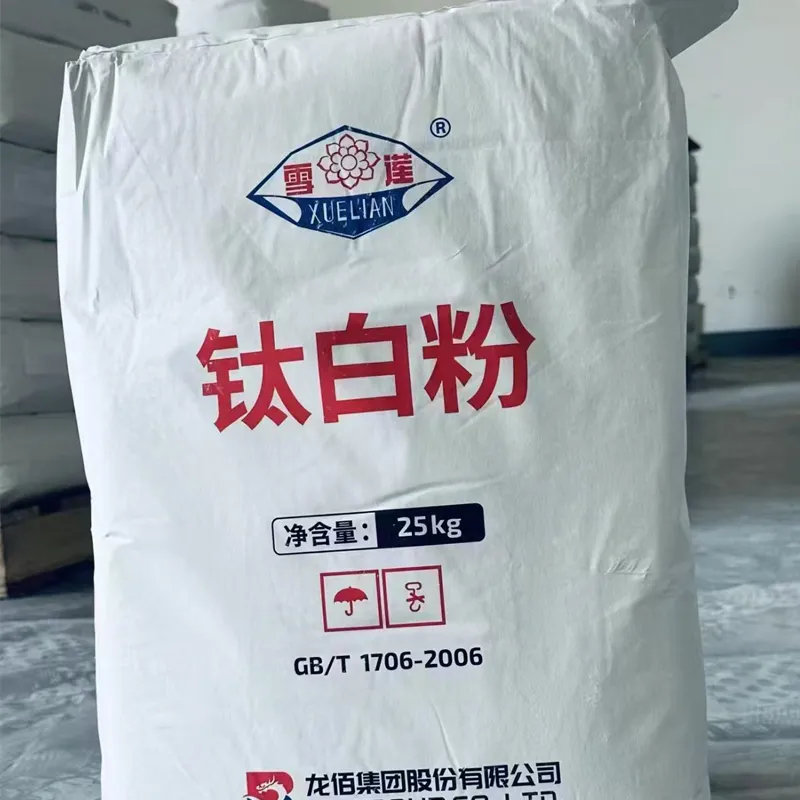
Frequently Asked Questions (FAQ)
Q1: What makes your TiO₂ – Weather-Resistant Pigment for Paints & Coatings superior for outdoor applications?
A1: Our weather-resistant TiO₂ features a sophisticated, multi-layer inorganic surface treatment (typically Alumina, Silica, Zirconia) which effectively passivates the pigment's surface, preventing photocatalytic degradation of the coating binder. This ensures superior UV resistance, chalking resistance, and long-term gloss and color retention.
Q2: Is this pigment compatible with both solvent-borne and water-borne coating systems?
A2: Yes, our weather-resistant TiO₂ grades are engineered for broad compatibility. Specific organic surface treatments are applied to optimize dispersibility in both solvent-borne and water-borne formulations, ensuring excellent pigment wetting and stability in various binder chemistries.
Q3: How does your product contribute to the longevity of coated surfaces?
A3: By significantly reducing UV-induced degradation and chalking, our TiO₂ pigment extends the service life of the entire coating system. This means fewer repainting cycles, lower maintenance costs, and sustained aesthetic and protective performance over many years, even in harsh climates.
Q4: What certifications or standards does your weather-resistant TiO₂ meet?
A4: Our products are manufactured under strict quality management systems (ISO 9001:2015 certified) and comply with relevant international standards such as ISO 591-1 (Classification of titanium dioxide pigments), ASTM D476 (Standard Specification for Titanium Dioxide Pigments), and various accelerated weathering standards (e.g., ISO 11341, ASTM G155) to ensure consistent performance and quality.
Logistics, Warranty, and Customer Support
Lead Time and Fulfillment:
We maintain robust inventory levels and efficient logistics networks to ensure reliable supply. Standard lead times for our TiO₂ – Weather-Resistant Pigment for Paints & Coatings are typically 2-4 weeks, depending on order volume and specific customization requirements. Expedited shipping options are available upon request. We work closely with clients to forecast demand and establish supply agreements that guarantee timely delivery.
Warranty Commitments:
All our products are backed by a comprehensive warranty, guaranteeing they meet published specifications and are free from manufacturing defects. Our warranty covers product quality and performance under recommended storage and application conditions. Full warranty details are available upon request. Our long-standing relationships with global partners underscore our commitment to product excellence and reliability.
Customer Support and Technical Assistance:
Our dedicated technical support team comprises experienced chemists and application specialists ready to assist with product selection, formulation guidance, troubleshooting, and optimization. We offer:
- Detailed product data sheets and safety information.
- Customized application testing and performance evaluations.
- On-site technical visits and training.
- Responsive communication channels for prompt query resolution.
Our commitment extends beyond product delivery to fostering long-term partnerships built on trust, technical expertise, and mutual success.
References
- H. B. W. Schick and C. A. G. O'Connor, "Titanium Dioxide Pigments: Properties, Manufacturing and Applications", European Coatings Handbook, 2012.
- ASTM International. "ASTM D476 - 00(2020) Standard Specification for Titanium Dioxide Pigments."
- ISO. "ISO 591-1:2000 - Titanium dioxide pigments for paints -- Part 1: Classification."
- W. L. Mauldin, S. S. S. Hoshino, and L. R. K. Wicks, "Weathering of Coatings and Pigments", Journal of Coatings Technology and Research, 2018.
- The Pigment Handbook, Volume 1: Properties and Economics. John Wiley & Sons, 2005.
